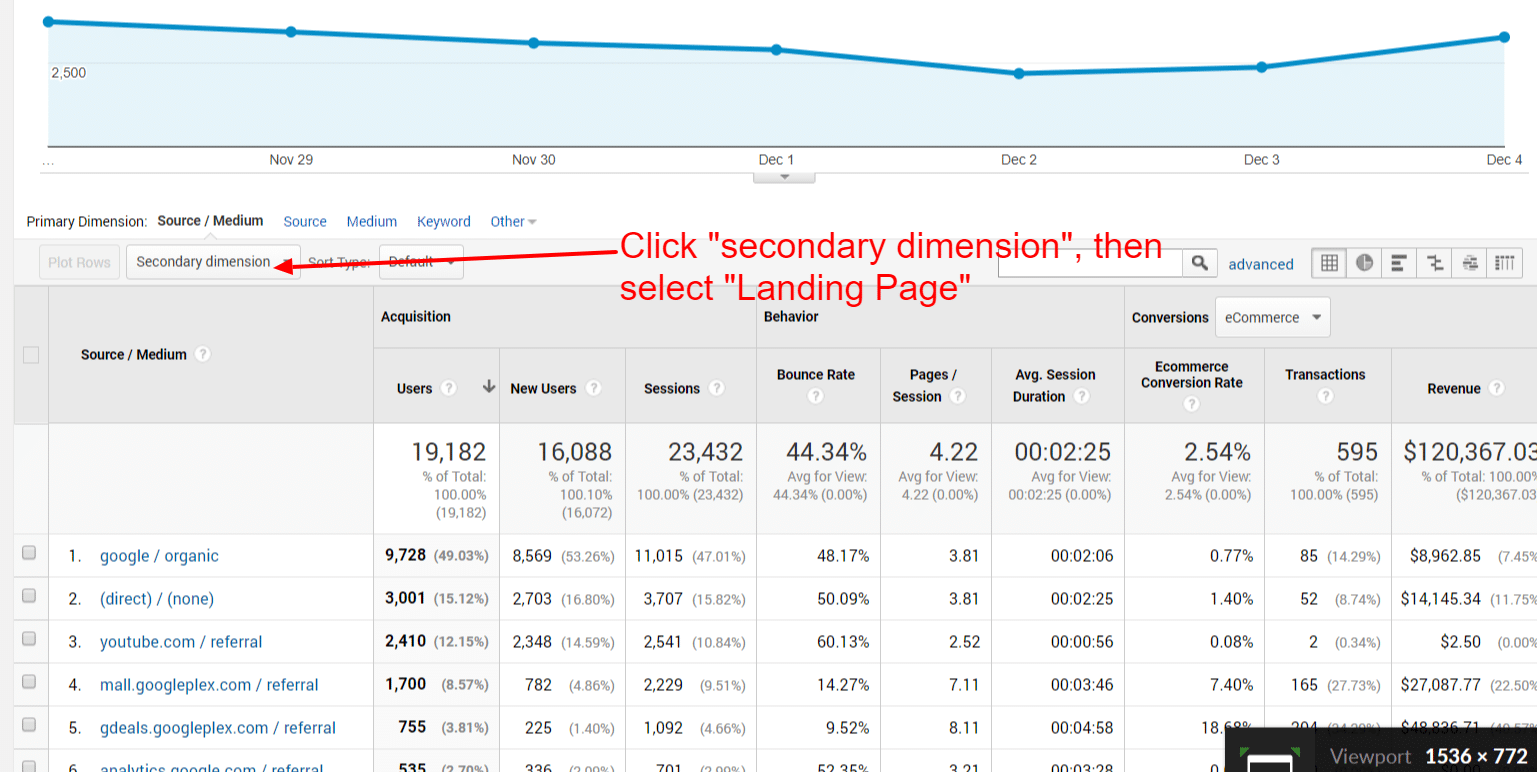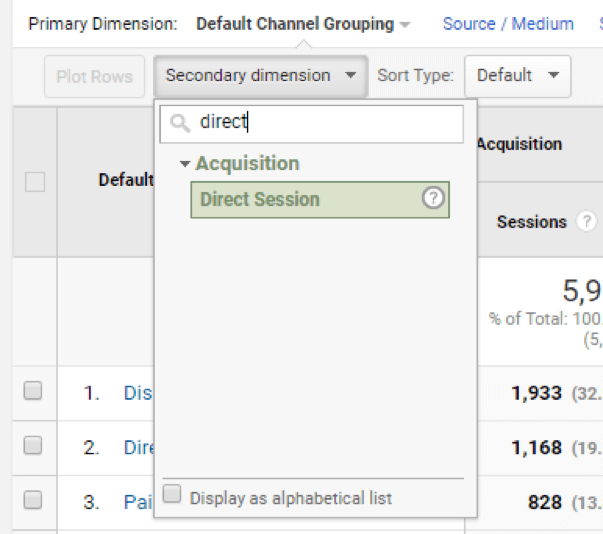Secondary Dimension in Google Analytics: Unlocking Advanced Metrics
Secondary Dimension in Google Analytics: Unlocking Advanced Metrics
Blog Article
Enhance Your Data Analysis Utilizing Additional Measurement in Google Analytics
Checking out the capabilities of additional dimensions in Google Analytics opens a realm of opportunities for refining data analysis. The capacity to study details additionally beyond the surface level offers a nuanced view that can shape strategic choices. By layering additional dimensions onto primary data sets, an even more intricate story emerges, shedding light on user interactions and efficiency signs. This vibrant strategy to information evaluation holds the essential to unlocking concealed patterns and patterns that might transform exactly how organizations translate their digital impact.
Comprehending Secondary Measurements
Secondary dimensions in Google Analytics refer to additional parameters that can be added to the primary measurement, enabling for a much more comprehensive analysis of information (Secondary Dimension in Google Analytics). By incorporating additional dimensions, analysts can sector and filter data to reveal patterns, patterns, and connections that may not be noticeable when looking at the information as a whole.

Benefits of Utilizing Second Dimensions
When analyzing data in Google Analytics, the use of additional dimensions provides very useful insights into customer behavior and performance metrics. By adding an additional dimension to your primary information, you can dive deeper into the attributes of your website visitors and their communications.
In addition, additional measurements enhance the context of your main data, supplying an extra detailed view of customer engagement and performance metrics. Generally, the usage of secondary dimensions in Google Analytics can considerably boost the deepness and quality of your information evaluation, leading to even more enlightened decision-making and enhanced results.
Just How to Include Secondary Dimensions
By integrating second dimensions in Google Analytics, customers can acquire deeper understandings right into their information evaluation procedure, permitting more comprehensive analysis of customer actions and efficiency metrics. Including second measurements is a straightforward process that can considerably improve the deepness of evaluation. To include an additional dimension in Google Analytics, beginning by browsing to the record you intend to examine. Once in the record, locate the "Second dimension" tab over the data table. Click on it to reveal a dropdown food selection with various alternatives such as Actions, Technology, and Personalized Capacities. Select the dimension you want to include, such as 'Source/Medium' or 'Device Classification'. This secondary measurement will certainly after that be related to your existing data, giving extra context and permitting a much more thorough evaluation of individual communications. By utilizing secondary dimensions efficiently, customers can discover beneficial understandings that might have or else been neglected, leading to educated read review decision-making and boosted efficiency strategies.
Studying Data With Second Measurements
Making use of additional dimensions in data analysis supplies an extra detailed understanding of user behavior and efficiency metrics. By adding a second dimension to your main data embeded in Google Analytics, you can delve much deeper into the characteristics of your website site visitors and their interactions. Combining the main dimension of 'source/medium' with the additional dimension of 'landing page' can disclose which particular web pages are bring in website traffic from different resources, assisting you enhance these pages for far better involvement.

Fundamentally, assessing information with secondary measurements equips you to gain valuable understandings into user actions, determine patterns, and make notified choices to improve the efficiency of your digital residential or commercial properties.
Best Practices for Additional Dimensions
In data analysis, incorporating second dimensions successfully can considerably improve the deepness of understandings derived from metrics and customer actions patterns. When utilizing additional measurements in Google Analytics or any type of other logical device, it is crucial to follow ideal practices to make sure the precision and significance article of the data evaluation.
One secret finest method is to thoroughly pick additional dimensions that match the primary measurement being evaluated. Choosing secondary measurements that offer additional context or further segmentation can provide a more extensive understanding of the data. It is likewise vital to prevent overcomplicating the analysis by consisting of too numerous additional measurements, which might lead to confusion or dilution of insights.
Moreover, it is suggested to trying out different combinations of second and primary dimensions to discover brand-new connections and fads. On a regular basis fine-tuning the choice and evaluating of additional dimensions based upon the details objectives of the analysis can cause even more workable insights. By adhering to these finest methods, information analysts can take advantage of additional measurements properly to enhance the total information evaluation procedure and decision-making abilities.

Final Thought
Finally, integrating secondary measurements in Google Analytics is essential for an extensive information analysis strategy. By leveraging second measurements along with main ones, analysts and marketing experts can discover valuable understandings and correlations that can notify decision-making and maximize electronic advertising and marketing strategies. Understanding just how to effectively utilize second measurements and complying with finest methods will enable experts to remove purposeful data and boost their general performance metrics.
Secondary dimensions in Google Analytics refer to extra criteria that can be included to the key measurement, permitting for a more detailed evaluation of data. By integrating second measurements, analysts can sector and filter information to reveal patterns, patterns, and correlations that could not be evident when looking at the information as a whole. Combining the main dimension of 'source/medium' with the second measurement my company of 'landing web page' can expose which specific web pages are drawing in traffic from various resources, aiding you optimize these web pages for better involvement.
One secret best practice is to carefully select additional measurements that enhance the main measurement being assessed. By following these finest practices, information analysts can leverage secondary dimensions properly to improve the total data evaluation procedure and decision-making capabilities.
Report this page